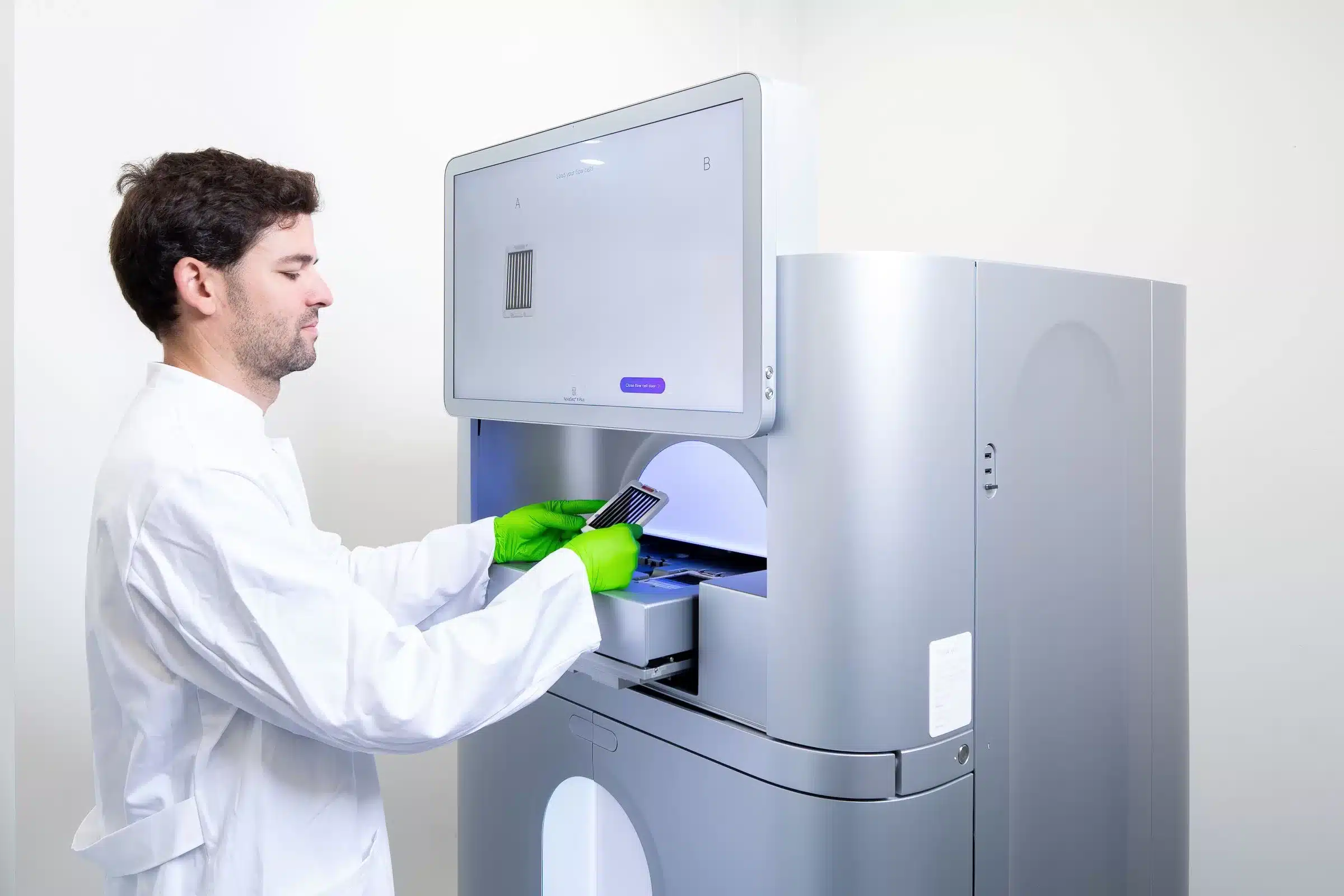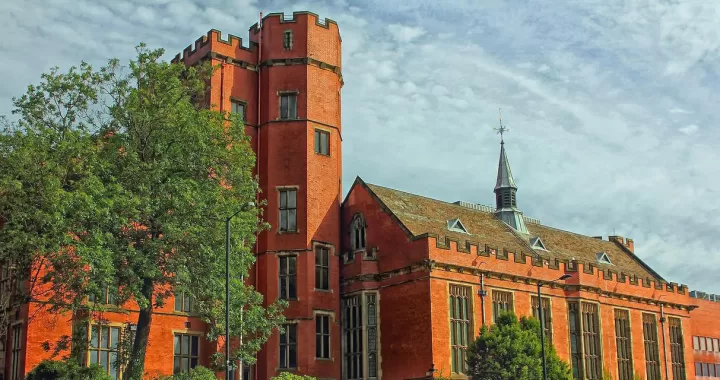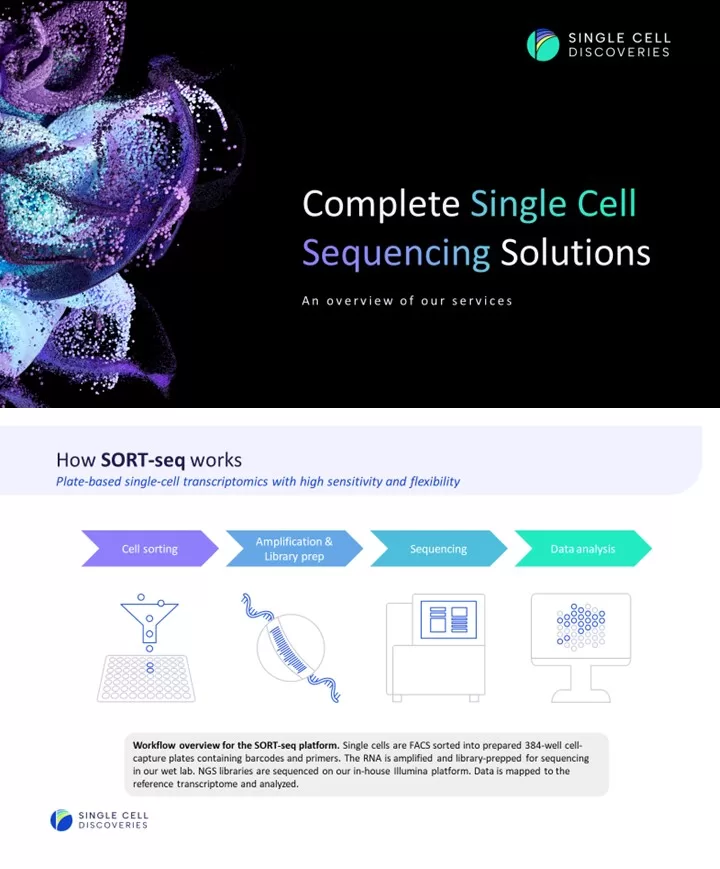Sort-seq Sensitive and highly versatile single-cell transcriptomics
SORT-seq is a state-of-the-art single-cell transcriptomics technology based on FACS sorting and 384-well plates.
Exclusively offered by Single Cell Discoveries.

Features of Sort-SEQ
Plate-based single-cell transcriptomics
SORT-seq is a single-cell RNA sequencing platform with high sensitivity and flexibility. Its cell-capture plate core and FACS compatibility enable the application to a broad range of sample types, organisms, and tissues.
Single Cell Discoveries is the exclusive provider of SORT-seq. The technology was invented by Single Cell Discoveries founder Mauro Muraro during his PhD in the Van Oudenaarden Lab. The technology was first published in 2016 and has since been cited over 700 times. You can find all published scientific studies that employ SORT-seq here.
The technology is a partially robotized version of CEL-Seq2, acclaimed in benchmark studies for its accuracy, sensitivity in identifying rare cell types, and excellent reproducibility.
You can start small with SORT-seq, sequencing, and evaluating a pilot cell-capture plate first. This makes the technology a good fit for frontier science projects. It is suitable for systematic compound screening, lead optimization, or disease model validation.
Benefits of SORT-seq
Compatible with many sample types
SORT-seq can handle cells of all shapes and sizes. Cells normally too big for 10x Genomics (e.g., whole cardiomyocytes) can be analyzed with SORT-seq without any issues. We have experience with more than twenty species and dozens of tissue types, from patient-derived xenografts to primary tumors and from macaque brain tissue to plant stoma cells.
Focus on your region of interest
As the cells are FACS-sorted, SORT-seq can be focused on any selection of cell types that FACS can separate based on size, light scattering, or fluorescent labels.
Adaptable for low cell input
The 384-well cell-capture plates of SORT-seq make the technology suitable for as little as hundreds of cells per sample. You can perform single-cell sequencing as long as you can fill a plate with FACS sorting.
Sort-seq workflow

Step 1
Consultation
Every project starts with one or more free consultations because no two single-cell projects are the same. Our experienced PhD-level team discusses your biological question, sample type, planning, data analysis options, and other wishes. This will ensure you select the best method for your project and can hit the ground running.

Step 2
Sample Preparation
SORT-seq is a plate-based method. You can order your SORT-seq plates with us, sort your samples into the plates, and ship them back to us.

Step 3
Processing in Our Lab
Our experienced team performs the SORT-seq protocol in our lab. We sequence the libraries on our Illumina NovaSeq X Plus or NextSeq 2000. We’ll do multiple QC checks and keep you informed of the status of your project.

Step 4
Data Analysis
Our data consulting team is ready to assist with further guidance or tailored analysis projects such as pseudotime and gene set enrichment analysis.
Deliverables
As with all of our services, we provide ongoing support from our single-cell sequencing specialists. For each SORT-seq project, we provide the following.
- Regular updates during sample processing, including QC
- Raw sequencing data (FASTQ files)
- Gene count tables
- QC report of mapping results (raw and mapped reads per sample, and PCA plot)
- An explanation from our data team about data quality metrics
- All raw sequencing data, results and reports are processed on EU servers, and securely encrypted using an AES (Advanced Encryption Standard) algorithm with a 256-bit key, before being delivered to the customers and archived.
Case studies

Immune Profiling of atherosclerosis reveals new therapeutic potential
A team of scientists uses 10x Genomics Single Cell Immune Profiling to characterize T cells in the atherosclerotic plaque. Their results redefine atherosclerosis as an autoimmune disease.

Mechanism of disease: a new hypothesis for atherosclerosis
To elucidate atherosclerosis’ mechanism of disease, Sheffield University researchers analyzed the transcriptomes of single endothelial cells.

Drug Discovery
for Precancerous Liver Disease
Here’s the story of how SORT-seq helped advance a novel drug candidate for liver cancer into clinical trials.
Wondering if this service can
help answer your biological question?
Request a quote today and find out how our expertise can support your research.
Recent publications using SORT-seq
Nature Cardiovascular Research
Cross-species comparison reveals that Hmga1 reduces H3K27me3 levels to promote cardiomyocyte proliferation and cardiac regeneration
Immunity
Synovial tissue myeloid dendritic cell subsets exhibit distinct tissue-niche localization and function in health and rheumatoid arthritis
Oncogene
Differential transcriptional invasion signatures from patient derived organoid models define a functional prognostic tool for head and neck cancer

SORT-seq
Information Guide
Get an overview of Single Cell Discoveries, SORT-seq, how to get started, and more in our SORT-seq information guide.
FAQ
We advise two plates for each sample or condition. This ensures a technical backup plate is always available in case something goes wrong with shipment or processing.
Yes, you can first process one plate (or set of plates) and store it at -80°C, then continue with the rest later. Any minor technical batch effects should be negligible, especially if the biological differences between cell populations in your sample are clear.
Combining data sets is possible in principle, although it will likely require some batch effect correction. Different technologies will yield slightly different results due to technical variations and original biases. However, with batch effect correction and a clear transcriptional difference between the populations in your samples, mixing with data from other platforms should be possible.
Pricing depends on the cells per sample, sequencing depth, viability of input materials, and required protocol modifications. Your account manager can give pricing information specific to your project’s requirements during consultations.
Information Guide
Discover our SORT-seq service
Download our information guide to access an overview of Single Cell Discoveries, explore our SORT-seq single-cell sequencing service, learn how to get started, and gain more valuable insights.